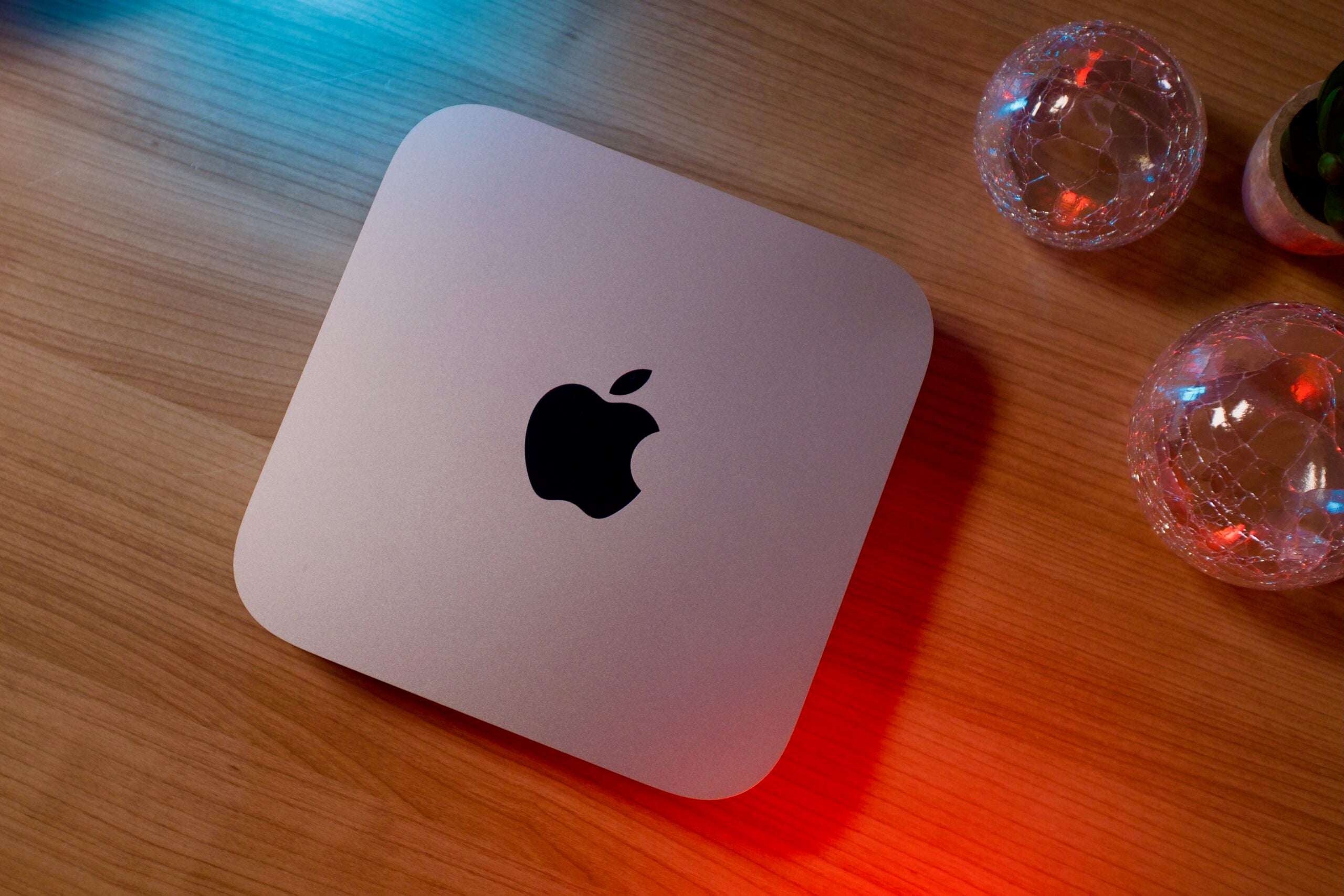Does the Panasonic BGH1 camera represent the state of the art for cameras based on micro four-thirds sensors (MFT)? How does it compare to the Blackmagic Pocket Cinema Camera 4K or the Z CAM E2? Curious? Read on …
As mentioned in earlier articles, my first (camera) love was a Panasonic Lumix GH1 with a MFT sensor in 2009 – the possibility to adapt virtually any type of lens combined with great image quality and small camera body just cut it for me.
11 years later this statement is still valid despite the exhaustively expanded camera landscape – MFT sensors typically show very good rolling shutter values, good dynamic range and color science / image quality is just impressive to say the least – but now I have to shut up as I should not spoil the Panasonic BGH1 lab results … sorry.
And 11 years later I still use my trusty GH1 with the original battery from time to time for stills photography with the fabulous Voigtlaender Nokton 25mm f0.95 lens … yes, some of the photos in my recent reviews were shot that way 😉
Rolling Shutter of the Panasonic BGH1
As usual our 300Hz strobe light was used to generate the sequence of black and white bars, thereby enabling the measurement of rolling shutter: a really good result of 11.9 ms is obtained in UHD 25p and 50p mode.

This is better than the BMPCC4K, and at the same level as the Z CAM E2, that we measured at 11.1ms but in 4K DCI mode (7% less picture height).
Dynamic Range at ISO400 and ISO2000
If you are interested in how we do our dynamic range tests, please have a look here.
The Panasonic BGH1 features a dual native ISO sensor with 400 and 2000 as the respective values.
Looking at the waveform of our XYLA21 stepchart, a solid 11 stops can be identified above the noise floor, even a 12th stop is still mostly there. The chart was shot in UHD 25p mode using V-Log L with noise reduction turned to “-5”.

At the second native ISO of 2000 we obtain a very similar result, 11 stops:

Notice that V-Log L has a reduced range of code values, with a noise floor around 13% luma value, and clipping which occurs slightly below the 80% luma value.
IMATEST results for ISO400 show very good 11.6 stops at signal to noise ratio of 2 (12.7 at SNR = 1).

That is a really good result for a MFT sensor, exactly on the same level as the BMPCC4K. The Z CAM E2 falls a bit behind, with 10.8 stops at SNR = 2 (11.9 stops at SNR = 1).
Lets have a look at the second native ISO at 2000:

At ISO2000 there is a slight drop in dynamic range, at SNR = 2 we get 11.3 stops (12.4 at SNR = 1).
Latitude (underexposure) Test
Latitude describes the capability of a camera to retain colors and details when over- or underexposed and normalized back to a zero baseline exposure level.
In our studio setup, we have the following scene, where my colleague Johnnie’s face is exposed at a maximum luma value of 60%:

This gives a base exposure of F4 at 360° shutter angle at 25 frames per second. The shadows behind the color chart are 5 stops below the 60% luma value.
Then, we successively underexpose the scene by going to 180, 90, 45, 22.5 and 11.2° shutter angle, resulting in 5 stops of underexposure. Those scenes are then pushed back.
Lets jump ahead and look at the 3 stops underexposed scene, pushed back:

Looking very good, noise is finely distributed.
At 4 stops of underexposure, noise starts to become very noticable, and horizontal and vertical stripes start to appear in the image.

As the noise is finely distributed, noise reduction gets you a very clean image:

Especially the vertical stripes become more obvious when the noise is reduced – but other than that, this looks really good. Colors are retained well also.
At 5 stops underexposure, things become problematic, as the horizontal and vertical stripes are more prominent:

Still, with noise reduction a useable image is obtained – the stripes however cannot be removed and are visible:

Nevertheless, this is a really good result overall!
One thing which has to be mentioned however – our standard underexposure test starts at a standard luma value of 60% for Johnnie’s face. If you look at the waveform plot in the dynamic range section above, you can see that about 2 stops above the 60% luma value clipping starts already.
Hence, you can conclude that about 6 stops of latitude (2 above, 4 below) are available with the Panasonic BGH1 (in our studio scene).
Comparing the Panasonic BGH1 with the BMPCC4K and the Z CAM E2
For comparison, if we look at the Z CAM E2 waveform, it has almost 5 stops with Z-Log2 above the 60% luma value before clipping occurs:

The Z CAM E2 showed only 2 stops of recovery from underexposure using Z RAW (starting with the 60% luma value in Johnnie’s face) – hence we can conclude a similar 2 stops under + almost 5 over equals close to 7 stops latitude. Hence, the Z CAM E2 has to be exposed to the right (in the histogram) to make use of the available stops in the highlights.
I have to mention it, a big factor for latitude recovery is the internal codec – and here I see a clear plus for the Z CAM E2 with the internal ProRes 4:2:2 recording.
Last but not least, here is the BMPCC4K waveform with a different code value distribution:

The BMPCC4K shows a tad more than 3 stops above 60% before clipping occurs. And it managed 3 stops underexposure recovery from the 60% luma value. Hence again 3+ above and 3 under equals more than 6 stops of latitude. The BMPCC4K offers ProRes 4:2:2 as well as BRAW recording internally.
As a conclusion, all 3 cams are equally capable but if you intend to use a waveform monitor or zebra to judge your exposure, be aware how different the various cameras distribute their code values.
Summary
The lab test reveals a really solid image quality of the Panasonic BGH1 – rolling shutter values are among the best we have tested for MFT cameras, and the dynamic range reads a solid 11.6 stops (SNR = 2) – the same values we obtained for the BMPCC4K which is the leader of the pack imagewise for MFT sensor based cameras.
Also in the underexposure test a good latitude result was obtained. One thing to notice however is the way how V-Log L is distributing the code values – clipping happens already at the 80% luma value.
Have you used the Panasonic BGH1 camera already? Do you have questions? If so, let us know in the comment section below.












